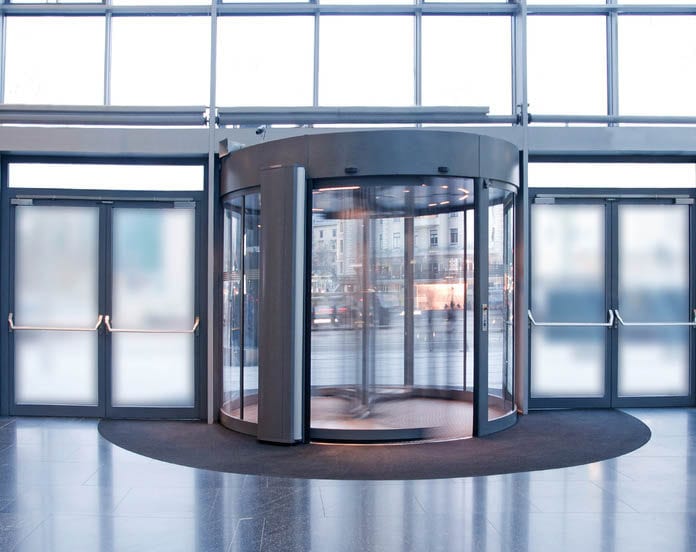Hospital readmissions can sometimes feel like a revolving door. Now a new study from AHRQ (Agency for Healthcare Research and Quality) is shedding light on those most likely to get readmitted to the hospital, as well as readmission rates for specific procedures and diagnoses. Part of the Healthcare Cost and Utilization Project, the infographic below features data on 30-day readmission rates to U.S. hospitals. Take a look and comment below to share your thoughts.



